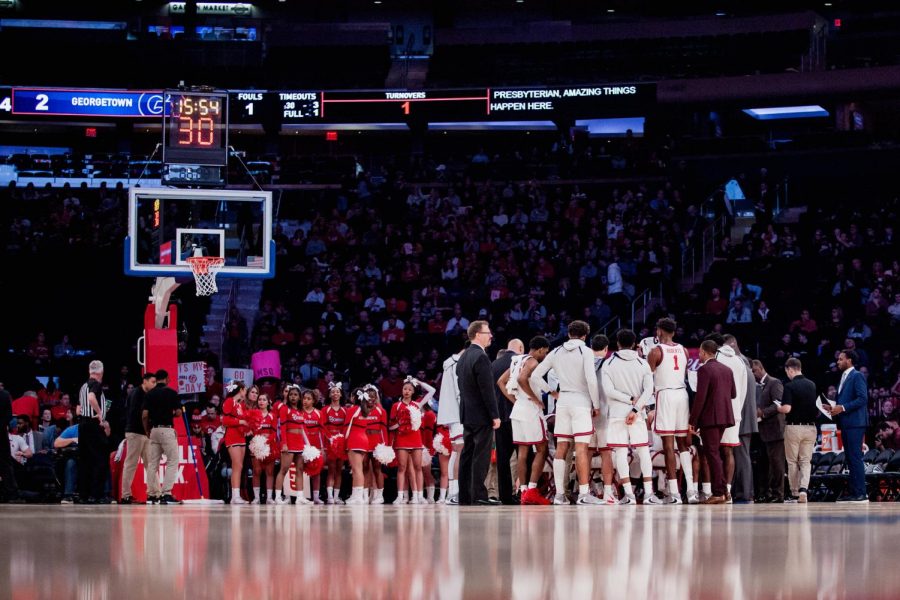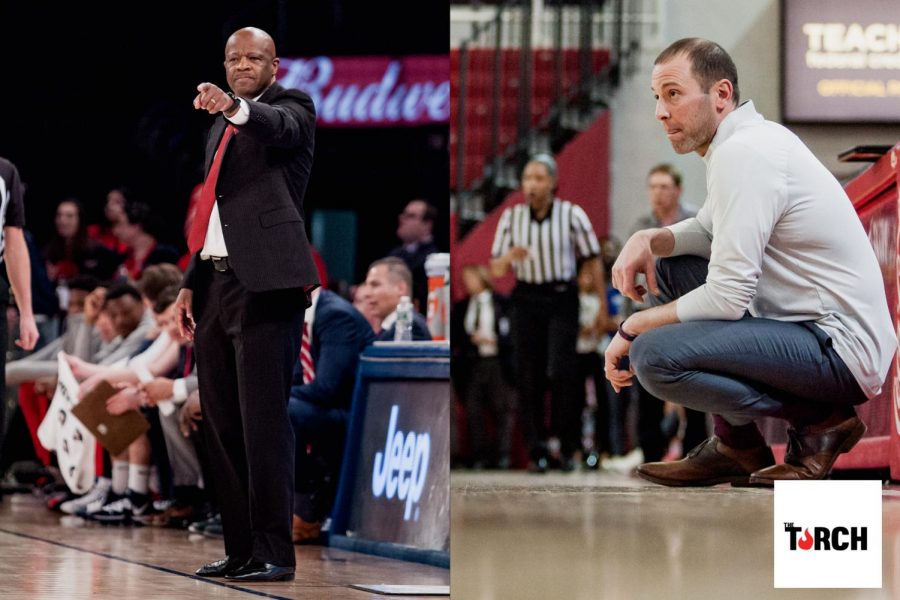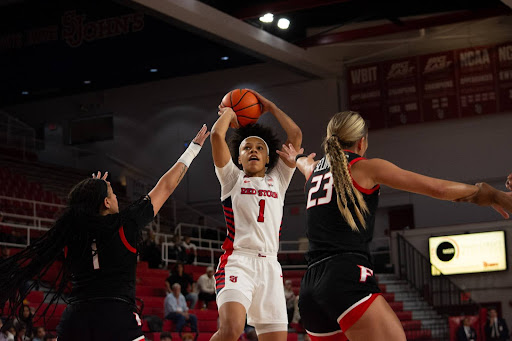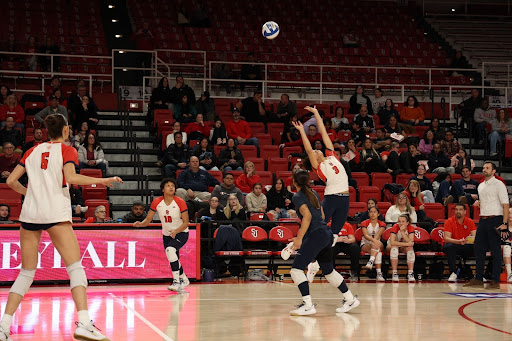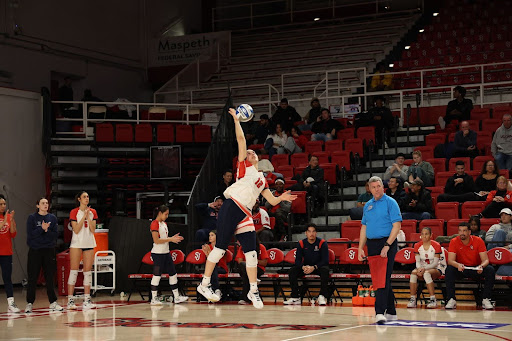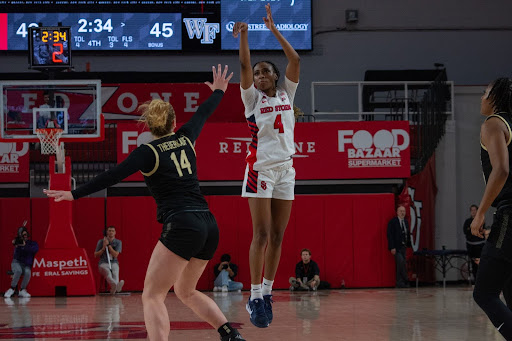1931: New York Mayor Jimmy Walker organized a college tripleheader to raise money for unemployment. This benefit was held in Madison Square Garden (MSG) and was the first time college student-athletes were able to compete on the hardwood of the World’s Most Famous Arena. Six college teams were invited to this event: Columbia, Fordham, Manhattan, New York University, the City College of New York and St. John’s. After defeating the City College of New York, the St. John’s men’s basketball team would be able to call this renowned court “home.”
The Garden was first built in 1879, and since then, the arena has moved locations and has been rebuilt three times. The first time the Johnnies graced the court was in the third version which was built in 1925. Since the first game the Red Storm played in MSG, the team has continued to make history on its home court.
The National Invitation Tournament (NIT) began in 1938 and MSG is the home of the final games of the postseason competition. St. John’s has won more NIT championships than any other college basketball team. The team won its first title in 1943 against Toledo and has won five more titles since then.
Madison Square Garden is also the home of the Big East Men’s Basketball Tournament. The Big East was formed in 1979 when St. John’s, Providence, Syracuse and Georgetown made an agreement to form a multi-sport conference. These teams then teamed up with Boston College, Connecticut and Seton Hall and on May 31 and the “Big East” was made an official conference in the National Collegiate Athletic Association (NCAA).
The team was crowned Big East Champion for the first time in 1983 after beating Boston College in the final game. St. John’s alumnus and new head coach Chris Mullin chose this victory as his favorite memory in the Garden. The Hall-of-Famer was named the tournament’s most valuable player and the team was featured on the cover of Sport’s Illustrated where it was given the title “The Beast of the East.” The team went on to win the title two more times in 1986 and 2000 against Syracuse and Connecticut, respectively.
The arena has been deemed the “Mecca of Basketball” due to the New York Knicks’ history and the Red Storm’s matchups but the excitement doesn’t just stop at championship games. Records have been broken, rivalries have been intensified and stars have been made. “If you’re a great player and you wanna be a pro, this city is your stage,” said former St. John’s coach and Hall-of-Famer Lou Carnesecca. “You’re gonna get to play in the Garden, the Mecca. You’re gonna get the TV, the newspapers, and the coverage.”
The Red Storm’s thrilling presence in the Garden started early on. December 31, 1931 was the team’s second appearance in MSG. They took on the Manhattan Jaspers and were able to prevent their opponent from scoring a single field goal.
Other records have been set by Johnnies in the Mecca. In 1943, Harry Boykoff became the first St. John’s player to score 40 points in a single game when he scored 45 points against St. Joseph’s. Boykoff broke his own record four years later when he scored 54 points against St. Francis. This record also became an MSG record.
In 2002, Marcus Hatten set a Big East record after he led the team to an overtime victory by scoring 21 out of his 25 free throws against Connecticut. Ten years later, Chris Obekpa set a St. John’s record for most blocks in a single game. He blocked 11 shots against Fordham and St. John’s won 58-47.
The Garden has witnessed some very great St. John’s rivalry games. Georgetown was one of the original members of the Big East making it one of the biggest rivals the Johnnies have on their schedule year after year. Just two months before the Red Storm won its first Big East title, it faced Georgetown in front a sold out MSG. This was the second year in a row that the teams played for a sellout crowd and St. John’s avenged a hard loss suffered the year prior by winning 76-67. Two years later, Georgetown was ranked second and St. John’s held the top seed. It was February 27 and the Hoyas came back to MSG and broke the St. John’s 19-game winning streak. St. John’s is 19-16 against the Hoyas at the Garden.
Another rivalry that has had numerous close games in the Garden is the Johnnies rivalry against Duke. The first major upset between Duke and St. John’s was on December 30, 1978 when the unranked Red Storm defeated the number one ranked Blue Devils. January 24, 1999 brought even more excitement to the Garden. Duke was ranked number two and St. John’s was number eight. Seven players fouled out of the game and Duke won by four points in overtime. The next meeting for the teams at the Garden was in 2003. St John’s won 72-71 after trailing 71-60 with 4:05 left to play. In the 2011 matchup St. John’s beat the third ranked Blue Devils by 15 points. The most recent addition to this rivalry’s timeline came last season when Duke defeated St. John’s giving Duke Head Coach Mike Krzyzewski his 1000th victory as head coach. St John’s is 3-7 when playing Duke in the Garden.
On November 3, 2004, the school renamed the on-campus arena. Carnesecca Arena is named after the winningest head coach in St. John’s history, Lou Carnesecca. MSG and Carnesecca both serve as a home court but many agree there is just something about playing at the Garden. “I think [at Carnesecca] you have more of a sense of a real, real home court obviously because it’s on campus and it’s a little more cozy,” Mullin said. “You don’t travel anywhere. You’re kind of here in your own confines. But Madison Square Garden is our home away from home and when you’re playing really well and you fill it up it’s still a home-court advantage.”
Guard Felix Balamou is the only returning senior on this year’s team and is one the only players that has experienced playing at the Garden. Last year, the team beat Creighton and advanced to the NCAA Tournament. This is Balamou’s favorite memory in the arena and he loves playing on the big stage MSG offers. “It’s still a home game but playing at MSG it’s just, it’s just the spotlight,” Balamou said. “It’s just that feeling that I can’t describe. Every time you step on the court you feel this extra motivation. It’s just, it’s New York City.”





